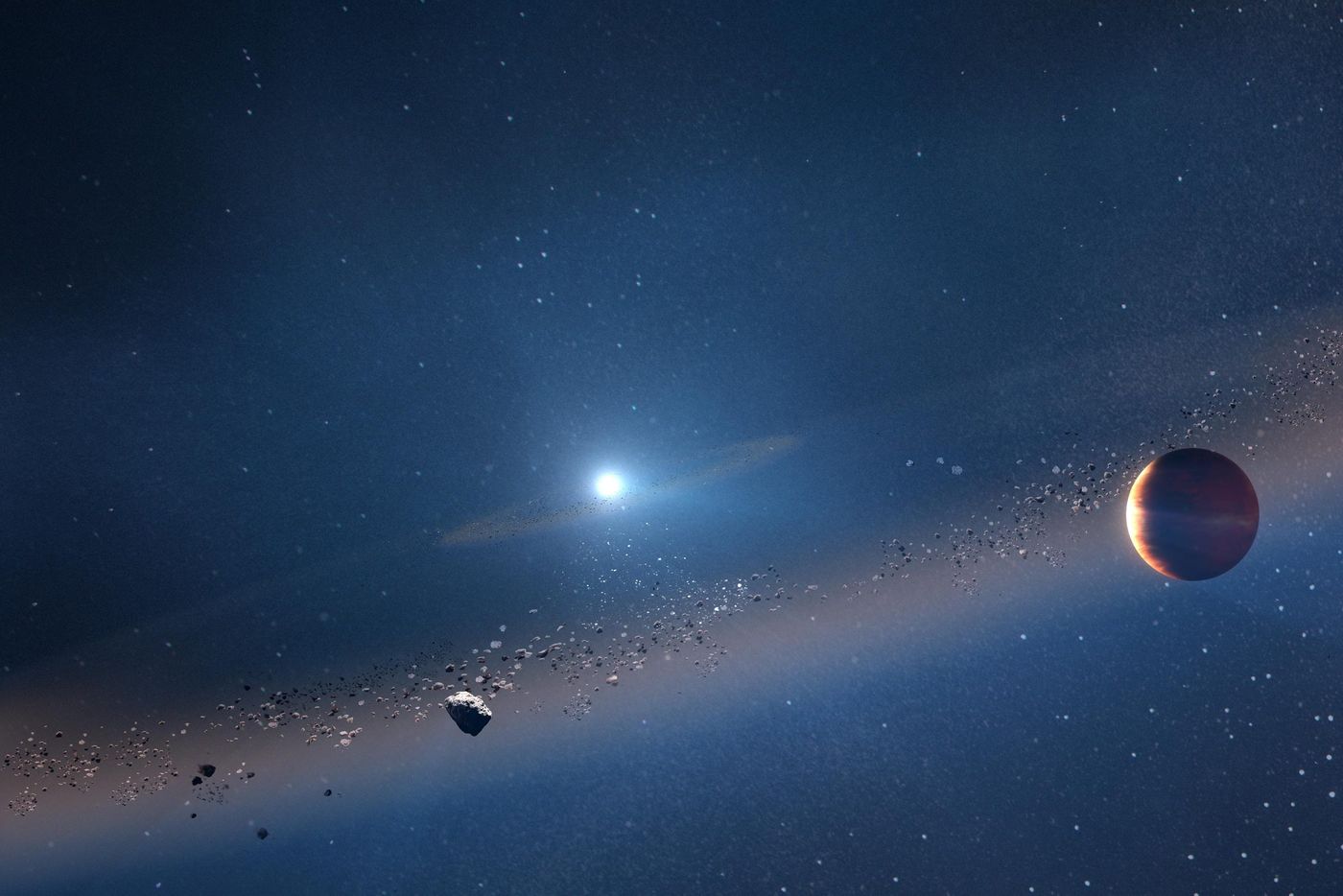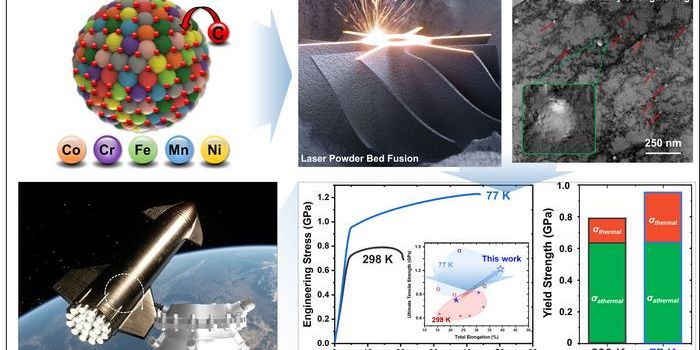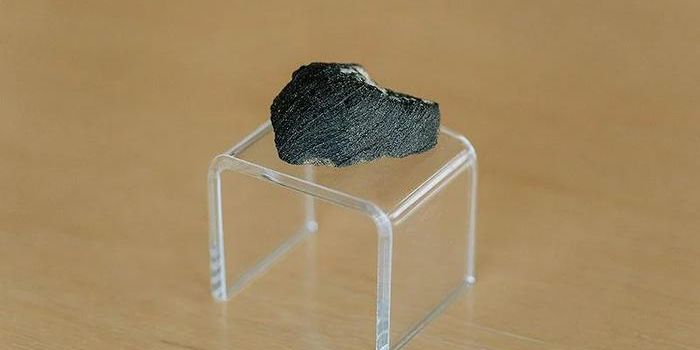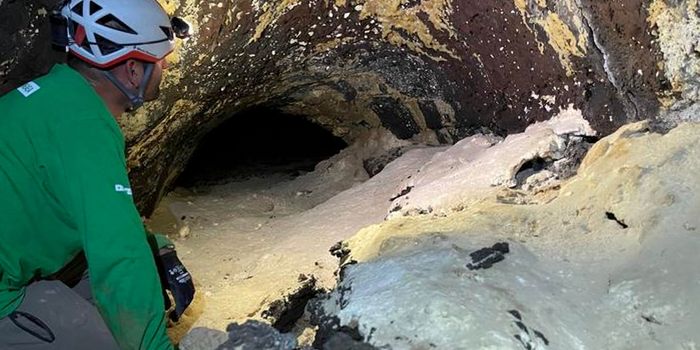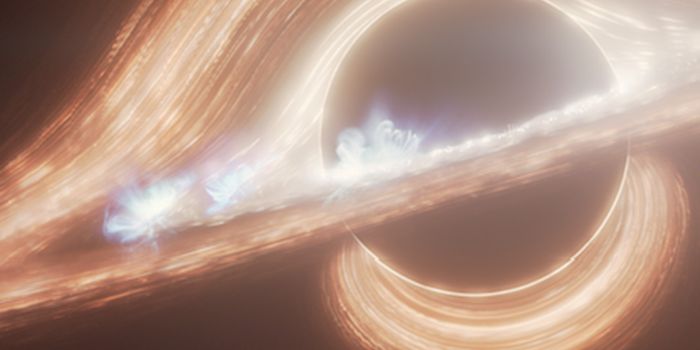A Glimpse at the Death of Our Solar System
One of the most difficult aspects of studying space is that most things, on the astronomical scale, happen very slowly. Planets can take millions of years to form, and stars can take billions of years to die. This can make it hard to follow how things change over time. On human timescales, much of the Universe appears relatively static and unchanging.
Fortunately, there are ways around the issue. Because the Universe is so unbelievably large, there are many, many instances of analogous celestial bodies. There are numerous galaxies, planets, and stars that are similar to each other; some are even similar to our Sun and solar system. While similar in kind, most of these bodies are at different stages of their life cycles. This means that, if we find two similar instances of space stuff, we can compare them to see how the younger one might look in its future. This is exactly what researchers have done with a newly discovered solar system which looks quite a lot like ours, just about 5 billion years older.
This team of researchers have recently published their stellar findings in Nature. Using the W. M. Keck Observatory on Maunakea in Hawai’i, the team confirmed a solar system with a star somewhat like our Sun and a large planet somewhat like Jupiter. The star is about half the mass of our Sun, and it is a white dwarf, the final stage of stellar evolution which we can expect our Sun to reach in around 5 billion years. As it progresses to this stage, our Sun would first grow to a red giant, enveloping much of the inner solar system and killing all life on Earth. The researchers have found that the Jupiter-like planet, which is slightly larger than our own Jupiter, survived its own star’s red giant phase, indicating that Jupiter could survive the same events in our solar system.
In describing the implications of this survival, Joshua Blackman, the study’s lead author and an astronomy researcher at the University of Tasmania in Australia, noted that “this evidence confirms that planets orbiting at a large enough distance can continue to exist after their star’s death… Jupiter and Saturn might survive the Sun’s red giant phase, when it runs out of nuclear fuel and self-destructs.” While it would be hard to imagine humanity existing for 5 billion more years and not making significant progress expanding out into space or to other solar systems, confirmation that some of our own system may still be around should provide a bit of comfort and reassurance.
Source: Nature; Keck Observatory
Banner Image Source: NASA, ESA, H. Bond, M. Barstow
Article Image Source: W. M. Keck Observatory/Adam Makarenko
